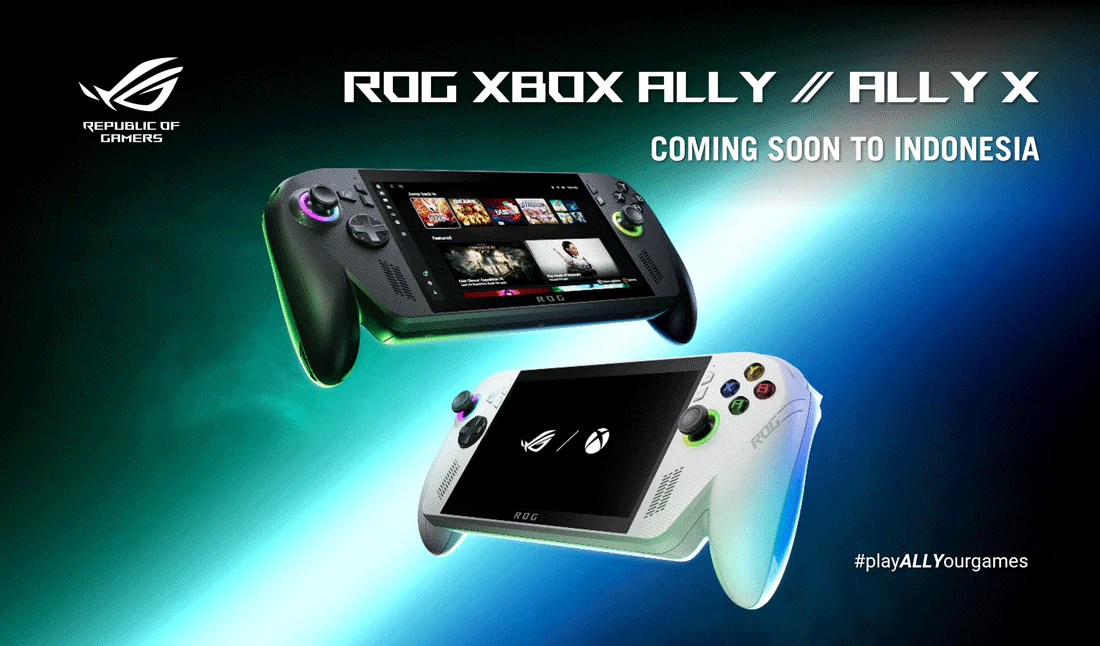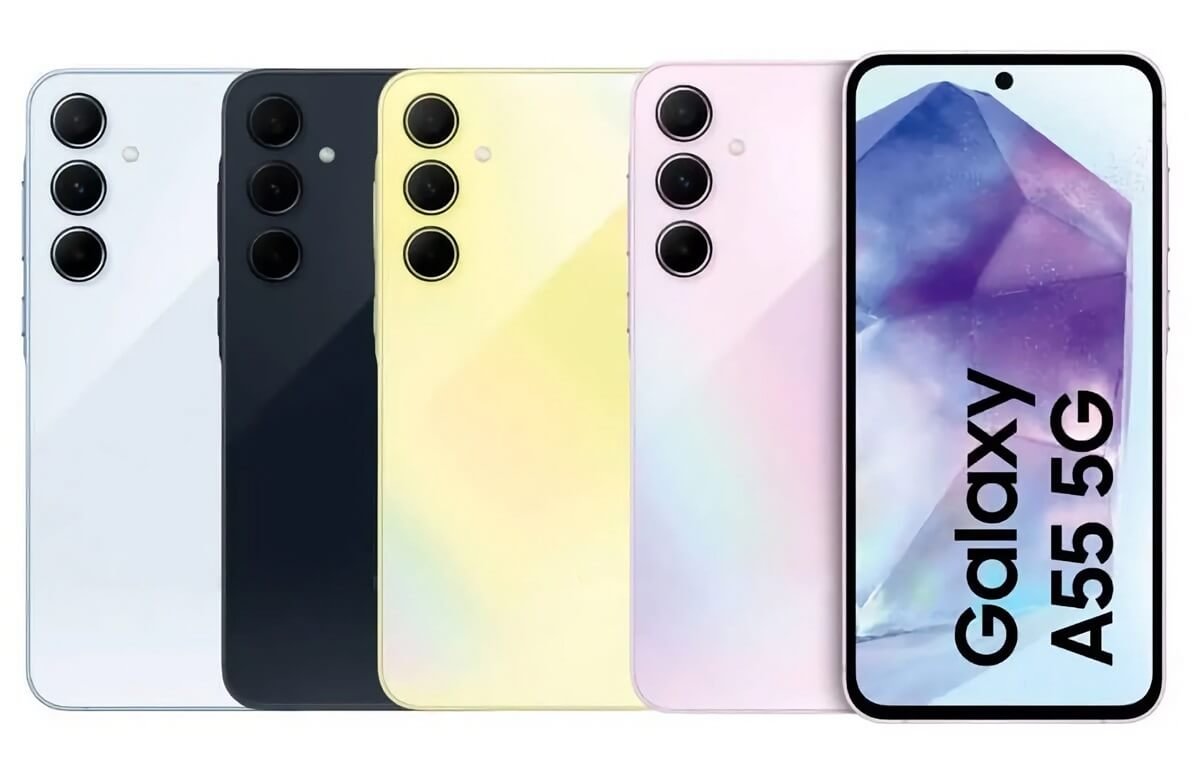Stick drift is again a hot topic among Nintendo gamers. Although Switch 2 predicted to come with many improvements, it turns out that this classic problem has not completely disappeared. Based on a report from GamesRadar, the latest Joy-Con on the Switch 2 console still has the potential to experience stick drift. Then, why hasn't Nintendo used drift-free technology like the Hall Effect sensor?
Stick Drift is Still a Problem
The previous generation Switch Joy-Con was often criticized for stick drift-a condition where the analog moves on its own without being touched. This problem was very annoying, especially when playing games that require precise control. Hope was raised when the Switch 2 was announced. However, based on the latest teardown, the Joy-Con 2 still uses the same sensor technology: analog potentiometer.
This technology works on a system of friction between mechanical components to read movement. Over time and intense use, this friction causes wear and tear. This is what triggers stick drift.

Why isn't Nintendo using Hall Effect Sensors yet?
Hall Effect or TMR (Tunnel Magneto Resistance) sensors have actually proven to be more durable and have less drift. Many third-party manufacturers such as GuliKit and 8BitDo are already using them to create more durable and trouble-free controllers.
However, Joy-Con 2 has a major design change in the way it is attached: it now uses a magnetic system to attach to the Switch 2 console. This makes it easier to attach and detach, but also creates new challenges.
Hall Effect sensors work based on magnetic fields. When mounted too close to a strong magnet (such as in the Joy-Con mounting mechanism), this sensor can be disrupted. As a result, control accuracy may decrease, or even not be read correctly. This is likely the main reason why Nintendo chose to keep the potentiometer, even though the technology is prone to drift.
A Compromise Between Design and Functionality
Nintendo's decision is seen as a compromise between ease of use and technical risk. The Joy-Con 2's magnetic design does make it easier for players, especially in handheld mode. But the risk of magnetic interference with the Hall Effect sensor is a consideration that cannot be ignored.
Logically, Nintendo opted for a safer approach, even if it means they can't completely overcome stick drift.
Will there be a solution?
Although the Joy-Con 2 does not yet use drift-free sensors, it is possible that third parties will develop modified versions of the Joy-Con with Hall Effect technology. Third-party controllers such as the GuliKit Hall Effect Stick have been proven to work well on many platforms, although they are not necessarily directly compatible with the Joy-Con Switch 2.
If you are a gamer who is often annoyed by stick drift, perhaps a third-party controller could be a solution. Or you can wait until there is an official revision from Nintendo.
The Switch 2's Joy-Con is still not free from potential stick drift as Nintendo continues to use potentiometer technology. Although the design is more modern and installation is more practical thanks to the magnetic system, this decision sacrifices the possibility of using Hall Effect sensors. For now, users should remain wary of the possibility of drift and look for more durable alternatives when necessary.
Source: gamesradar































